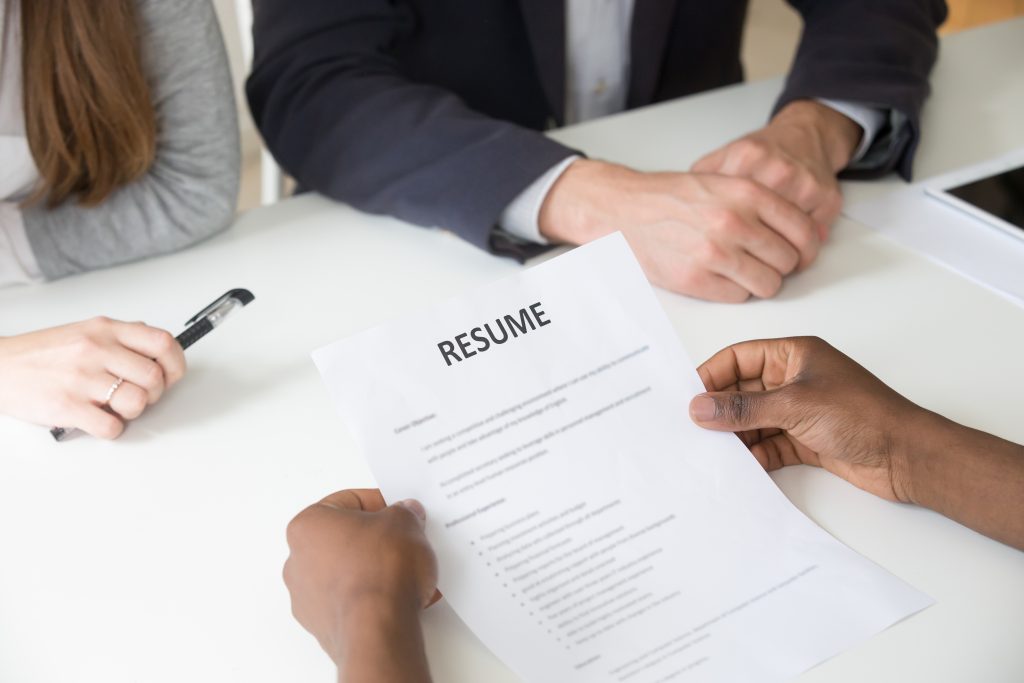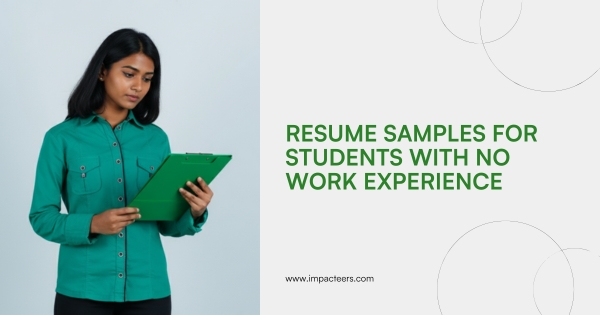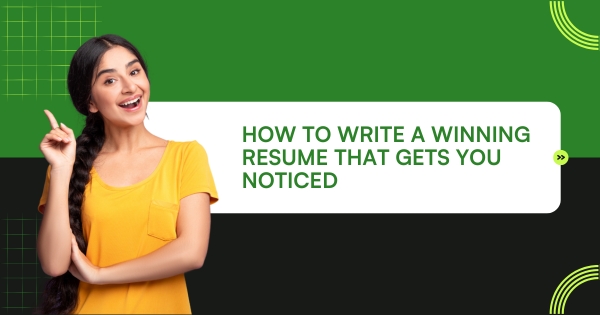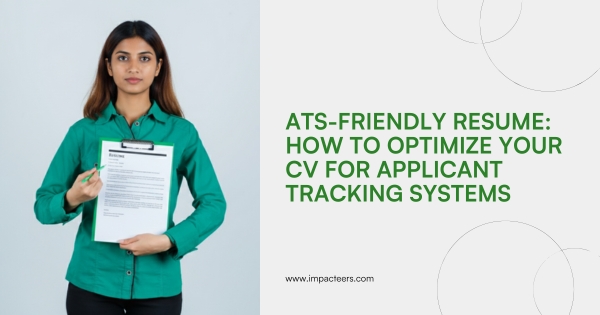Should you include a photo in your resume? Learn the pros, cons, best formats, and templates. Get free online tools, samples, and tips to boost your job interviews.

When preparing a resume, one of the most debated questions is whether to include a photo. For freshers and professionals alike, this decision can feel tricky. Some recruiters appreciate seeing a face, while others prefer a skills-first approach.
In this detailed guide, we’ll break down when it’s a good idea to add your photo, when you should avoid it, the best formats and templates for resumes with photos, and how to use online resume builders to make the process easier. Along the way, we’ll also show how Impacteers resume builder helps create professional, recruiter-friendly resumes — with or without photos — that get you closer to job interviews.
Visit us >>>https://www.impacteers.com/home/resume
The Purpose of a Resume
Before deciding whether to add a photo, remember that your resume is a career object designed to land you interviews, not the job itself. It should:
- Highlight your skills and achievements.
- Present information in a clear, professional format.
- Match the role you’re applying for.
Anything that doesn’t support these goals — including unnecessary visuals — should be considered carefully.
Should You Include a Photo in Your Resume?
The short answer: It depends on the job, location, and industry.
When You Should Include a Photo
- Creative roles (design, marketing, media) where personal branding matters.
- Jobs where appearance is part of the role (modeling, acting, hospitality).
- Applications in countries where it’s standard practice (e.g., some parts of Europe, Asia).
When You Should Avoid a Photo
- In most India corporate jobs, especially IT, finance, or management.
- When applying to companies with strict anti-discrimination hiring policies.
- If your photo is casual, poor-quality, or outdated.
Pros of Adding a Photo
- Immediate recognition if you’ve met the recruiter before (e.g., at a job fair).
- Personal touch that makes your resume stand out visually.
- Can strengthen your personal brand in creative fields.
Cons of Adding a Photo
- Risk of unconscious bias affecting recruiter decisions.
- Takes up space that could showcase more skills and achievements.
- Not compatible with certain online applicant tracking systems (ATS).
Best Resume Photo Format
If you decide to include a photo, follow these guidelines:
- Format: JPEG or PNG for digital; high-resolution for print.
- Size: Small — typically 1×1.5 inches in a corner of the resume template.
- Style: Professional headshot, plain background, good lighting.
- Clothing: Formal or business casual depending on the role.
Resume Templates with Photos
If you’re set on adding a photo, choose a template where the image fits naturally without distracting from the text. A well-designed template will:
- Keep the photo aligned with your name and contact details.
- Use consistent margins and spacing.
- Work in both Word and PDF formats.
You can find free resume template downloads online, but make sure they are ATS-friendly if applying for jobs via portals.
Using a Resume Builder for Photo and No-Photo Versions
Sometimes, it’s smart to have two versions of your resume — one with a photo and one without. This is where online resume makers like Impacteers resume builder come in handy.
With Impacteers:
- You can build both versions in minutes.
- Choose from professional templates for different industries.
- Download in Word or PDF formats.
- Get career guidance on whether to include your photo for specific roles.
Impact on Job Interviews
Recruiters spend an average of 6–8 seconds on an initial resume review. A clean, well-structured document — with or without a photo — matters more than anything else.
However, if your photo is professionally done and matches the company culture, it can make a recruiter feel more familiar with you during interviews.
Free vs. Paid Resume Tools for Adding Photos
- Free Tools: Canva, Google Docs, Microsoft Word templates — good for basic designs.
- Paid Tools: Professional builders like Impacteers provide ATS-friendly layouts, formatting guidance, and instant downloads.
Sample Resume with Photo (Text Description)
Imagine a clean, one-page layout:
- Left column: Small professional headshot, contact info, skills list.
- Right column: Career summary, experience, education, achievements.
This keeps the photo unobtrusive while letting your skills and achievements shine.
Tips for Freshers Considering a Resume Photo
If you’re a fresher applying for your first jobs:
- A photo is optional — focus more on showcasing internships, projects, and certifications.
- Use free resume makers to experiment with both versions before applying.
- For campus placements in India, most recruiters prefer no-photo resumes for fairness.

When a Photo Can Hurt Your Application
Including a low-quality or unprofessional photo can make a recruiter doubt your seriousness. Avoid:
- Selfies
- Group photos cropped to show just you
- Overly casual clothing or distracting backgrounds
How to Decide – A Quick Checklist
Before adding a photo, ask:
- Does this industry or company prefer resumes with photos?
- Will my photo look professional in the chosen template?
- Will it work with ATS systems used for online job applications?
If you answer “no” to any of these, it’s safer to skip it.
Upgrading Your Resume Skills with Impacteers
A resume is not static — you should update and improve it regularly as you gain new skills. Impacteers resume builder not only helps you design a resume in the right format, but also provides guidance on:
- Choosing between photo and no-photo templates.
- Optimizing for both recruiter review and ATS screening.
- Creating role-specific resumes to boost your interview chances.
Final Word on Including a Resume Photo
In most corporate jobs in India, skipping the photo is the safer choice — unless the role is visual, creative, or customer-facing. The best approach is to create two versions and use them strategically depending on the job and company culture.
A great resume — with or without a photo — is built on clear formatting, strong achievements, and relevant skills. If you get that right, your chances of landing interviews increase dramatically.



Post Comment